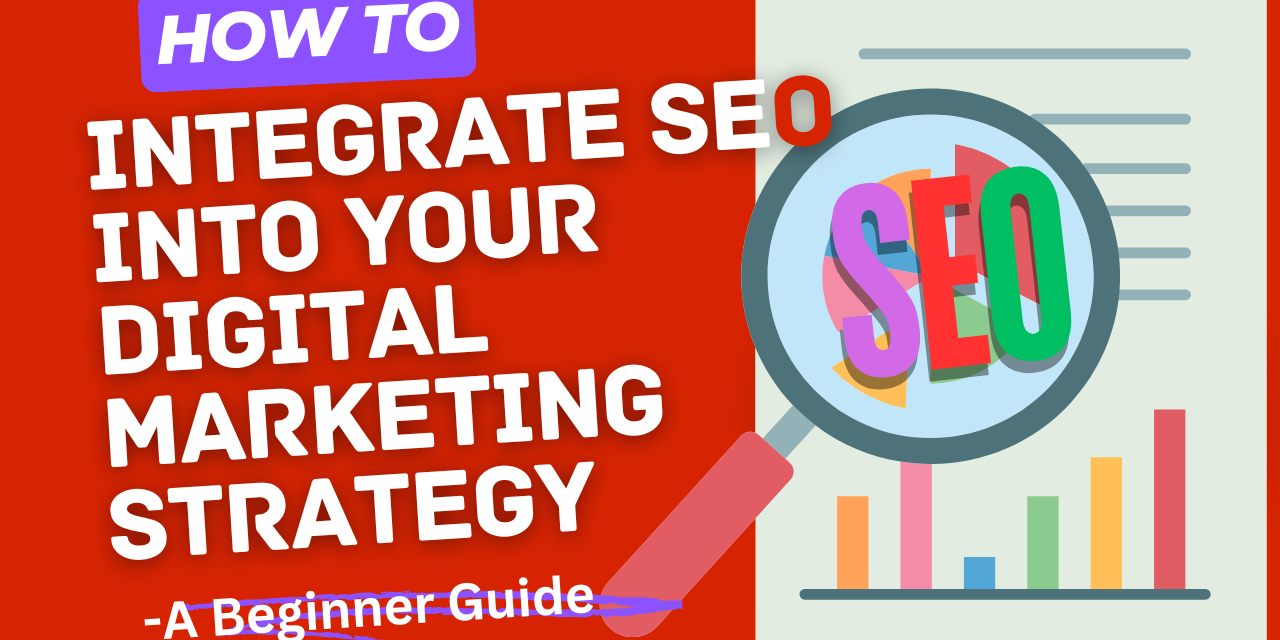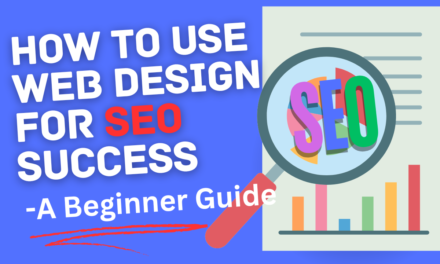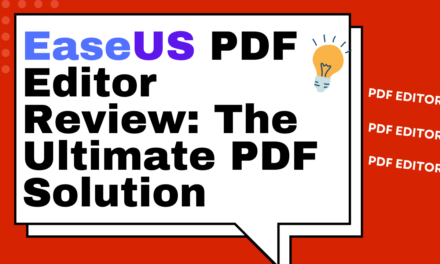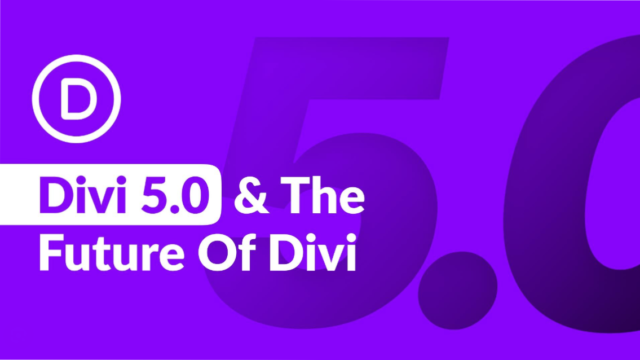Introduction: The Power of SEO in Digital Marketing
Imagine you’ve just opened a small café in a bustling city. You’ve got the best coffee, a cozy atmosphere, and friendly staff. But despite all these, people aren’t flooding through your doors. What could be the problem? In the digital world, this scenario is akin to having a great website with valuable content and a user-friendly interface, but without any traffic. Just as foot traffic is essential for your café’s success, website traffic is crucial for your online presence. This is where SEO (Search Engine Optimization) becomes a game-changer.
Statistics reveal that 75% of users never scroll past the first page of search results, and around 53% of all trackable website traffic comes from organic search. These numbers highlight the critical role SEO plays in a successful digital marketing strategy. By incorporating SEO into your overall digital marketing strategy, you can make certain that your content reaches the appropriate audience at the appropriate time, thereby increasing traffic, engagement, and sales. Get But how exactly does one weave SEO into the fabric of digital marketing? Let’s dive into that.
Understanding SEO: The Foundation of Digital Marketing

Before we explore the integration, it’s essential to understand what SEO entails. SEO optimization enhances your site and its content to rank higher in web crawler results pages (SERPs). The objective is to boost organic (non-paid) traffic from Google, Bing, and Yahoo.
SEO is built on three primary pillars:
- On-Page SEO: This involves optimizing individual pages on your website to rank higher. It includes elements like keyword optimization, meta tags, internal linking, and ensuring high-quality and relevant content.
- Off-Page SEO: This spotlights exercises outside your site that influence your rankings, for example, backlinks. Backlinks are joins from different sites that highlight your site. They act as a vote of confidence for your content, indicating to search engines that your content is valuable and worthy of ranking. Other activities in off-page SEO include social signals and online reputation management.
- Technical SEO: This ensures your website is crawlable and indexable by search engines. To put it simply, crawlable means that search engine bots can navigate and read your site’s content, while indexable means that your content is eligible to be included in the search engine’s index. Technical SEO includes optimizing site speed and mobile-friendliness and creating a clear site structure.
With these basics in mind, let’s explore how you can integrate SEO into different facets of your digital marketing strategy.
SEO and Content Marketing: A Match Made in Digital Heaven
Content advertising and Website optimization resemble two of a kind. While content showcasing centers around making and dispersing significant, pertinent content to draw in and connect with a group of people, SEO optimization guarantees that this content is discoverable via web search tools and, eventually, your ideal interest group.
Keyword Research: The Foundation of Content Creation
To effectively coordinate website optimization with your content advertising, begin with catchphrase research. The words and phrases users enter into search engines are known as keywords. You can create content that directly addresses the needs and queries of your target audience by determining the keywords they use.
- How to integrate: Use tools like Google Keyword Planner, Ahrefs, or SEMrush to identify relevant keywords. Once you have a list, map these keywords to specific content pieces. For instance, if you’re targeting the keyword “best coffee beans,” you could create a blog post titled “Top 10 Best Coffee Beans for 2024.”
- Pro Tip: Focus on long-tail keywords (phrases with three or more words). They are less competitive and more likely to convert as they reflect specific user intent.
Content Optimization: More Than Just Keywords
While keywords are crucial, they’re just one part of the SEO puzzle. To truly integrate SEO into your content marketing:
- Optimize Meta Tags: Ensure each piece of content has an optimized meta title and description. These should include your primary keywords and clearly indicate the content’s value.
- Use Headings and Subheadings: Break your content into digestible sections using H1, H2, and H3 tags. This not only makes your content easier to read but also helps search engines understand your content’s structure and relevance.
- Internal Linking: Link-related content within your website. This assists with conveying page authority across your site and makes it simpler for web crawlers to file your content.
- High-quality, Engaging content should be valuable to the reader. It should answer their questions, solve their problems, and engage them enough to stay on your site longer (which reduces bounce rates, a factor in SEO rankings).
Content Distribution: Amplifying Your Reach
Once you’ve created SEO-optimized content, the next step is distribution. This is where SEO and other digital marketing channels come together.
- Social Media: Share your media (video, blog, audio, image) on as many social platforms as possible. While social shares aren’t a direct ranking factor, they can drive traffic, indirectly supporting SEO efforts.
- Email Marketing: Incorporate content links in your email newsletters. You increase traffic by driving email recipients to your website, positively impacting your SEO.
SEO and Social Media: A Symbiotic Relationship for Amplifying Your Reach
Social media and SEO are often viewed as separate entities but can be mighty when used together. By increasing the visibility of your content and driving traffic to your website, social media can amplify your SEO efforts.
Social Sharing: Expanding Content Reach
Social media platforms such as Facebook, TikTok, and Instagram are brilliant for promoting content, particularly when optimized for SEO. When your content is shared widely, it increases the chances of attracting backlinks, a significant ranking factor in SEO.
- How to integrate: Make your content simple to share by remembering social sharing buttons for your blog entries and site pages. Urge your crowd to share your content by making convincing, shareable material, for example, infographics, recordings, and drawing-in articles.
Brand Awareness and Authority
Additionally, social media plays a crucial role in establishing authority and brand awareness. When your brand is recognized as an authority in your niche, it’s more likely to attract quality backlinks and mentions across the web, which benefits your SEO.
- How to integrate: Be consistent with your branding across all social media platforms. Consistently post significant content that lines up with your Web optimization objectives. Engage with your audience, respond to comments, and build a community around your brand. This drives traffic and establishes your brand as an authority, positively impacting your SEO.
SEO and Email Marketing: The Unsung Hero
Email marketing is one of the most effective digital marketing channels, with an average ROI of $42 for every $1 spent. But did you know it can also support your SEO efforts?
Driving Traffic Through Email Campaigns
By including links to your website content in your email newsletters, you can drive significant traffic to your site. This traffic can help improve your rankings, especially if users engage with your content by spending more time on your site or visiting multiple pages.
- How to integrate: When sending out newsletters, segment your email list to target different audience segments with content that is most relevant to them. Use compelling CTAs (Calls to Action) to encourage recipients to visit your website or read your latest blog post.
Encouraging Social Sharing
Emails can also encourage social sharing, further supporting your SEO efforts. If you include social sharing buttons in your emails, recipients are likelier to share your content with their networks.
How to integrate: Include clear social sharing buttons in your emails and a call to action that encourages recipients to share the content if they find it valuable. This can amplify your content’s reach and potentially generate backlinks, which are beneficial for SEO.
Technical SEO: The Backbone of Integration
While content, social media, and email marketing are all visible parts of your digital marketing strategy, technical SEO is the backbone. Without a solid technical foundation, your SEO efforts could be hampered, regardless of how well you optimize your content or leverage other channels.
Website Speed and Mobile Optimization
In today’s fast-paced world, users expect websites to load quickly and be accessible on mobile devices. If your site is slow or doesn’t perform well on versatile devices, clients will probably leave, expanding your bounce rate and adversely affecting your Web optimization.
How to integrate: Regularly check your website’s loading speed using tools like Google Page Speed Insights. Optimize images, leverage browser caching, and minimize code to improve load times. Make sure your website is mobile-friendly by testing it on various devices and using responsive design.
Clear Site Structure and Navigation
A very organized site is more open for web search tools to creep and list, which can improve your rankings. It also enhances the user experience, making it easier for visitors to find the content they want.
- How to integrate: Organize your site into a clear hierarchy with categories and subcategories that make sense. Use breadcrumb navigation to help users and search engines understand the structure of your site. Ensure all critical pages are easily accessible from your homepage and that your URLs are clean and descriptive.
Measuring and Adjusting: The Continuous Integration Process
SEO is not a one-time task but an ongoing process. To integrate SEO into your digital marketing strategy, you must continuously measure, analyze, and adjust your efforts.
Use Analytics Tools
Tools like Google Analytics, Google Search Console, and Ahrefs are invaluable for tracking the performance of your SEO efforts. They tell you how people find your website, what they do once they get there, and how well your site ranks in search engines.
- How to integrate: Regularly review your analytics data to identify which content pieces drive the most traffic and which keywords perform well. Use this data to refine your SEO strategy, focusing on what’s working and adjusting what’s not.
Adapt to Algorithm Changes
Search engines’ algorithm updates regularly affect your rankings. For long-term success, adapting your strategy and remaining current on these changes is essential.
- How to integrate: Read SEO blogs, forums, and news outlets to stay current on the most recent algorithm updates. When significant changes occur, assess how they might impact your site and adjust your SEO strategy.
Conclusion: SEO as a Core Component of Digital Marketing
Incorporating Search engine optimization into your advanced showcasing technique isn’t just about driving traffic; it’s about creating a cohesive, well-rounded approach that ensures your brand is visible, engaging, and valuable to your target audience. By weaving SEO into your content marketing, social media, email marketing, and technical foundations, …you develop a robust digital marketing strategy that can adapt to the ever-changing digital landscape.
Remember, SEO is a long-term investment. It necessitates persistence, consistency, and adaptability. But when done correctly, the rewards—more traffic, higher engagement, and increased conversions—are well worth the effort. Therefore, start incorporating SEO into your digital marketing strategy immediately, and watch as your online presence expands.
Watch the video on our Youtube instead. Click Here










